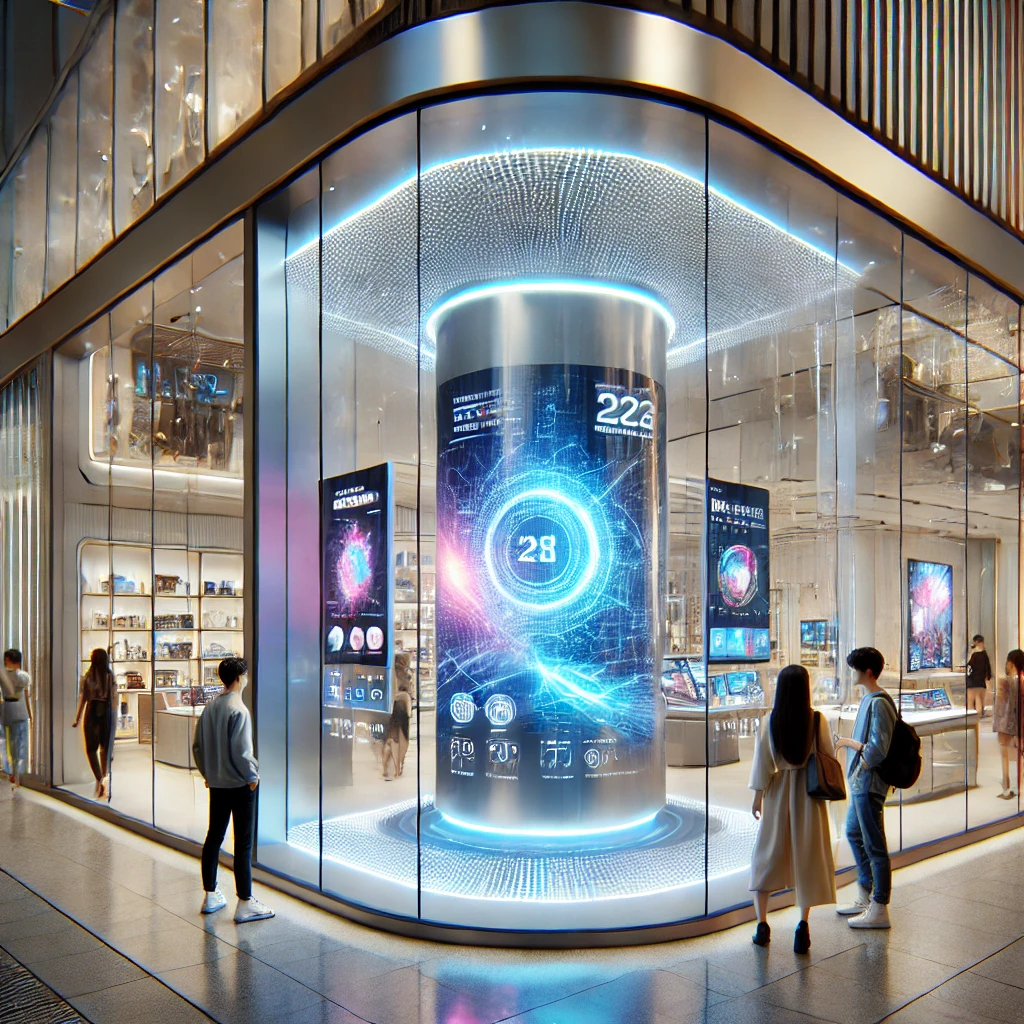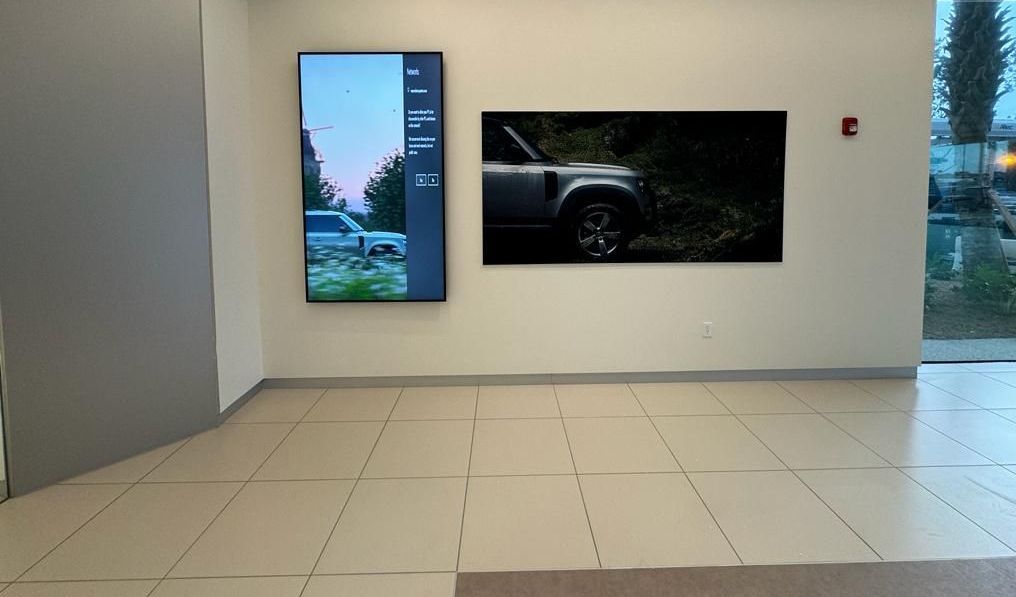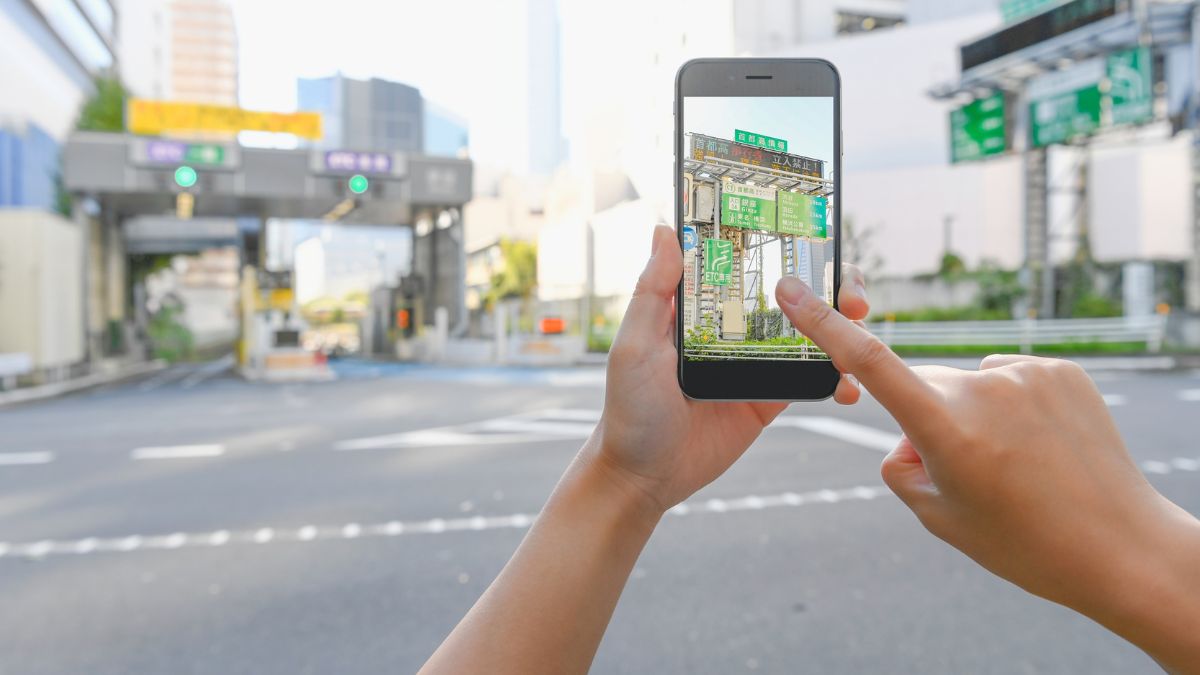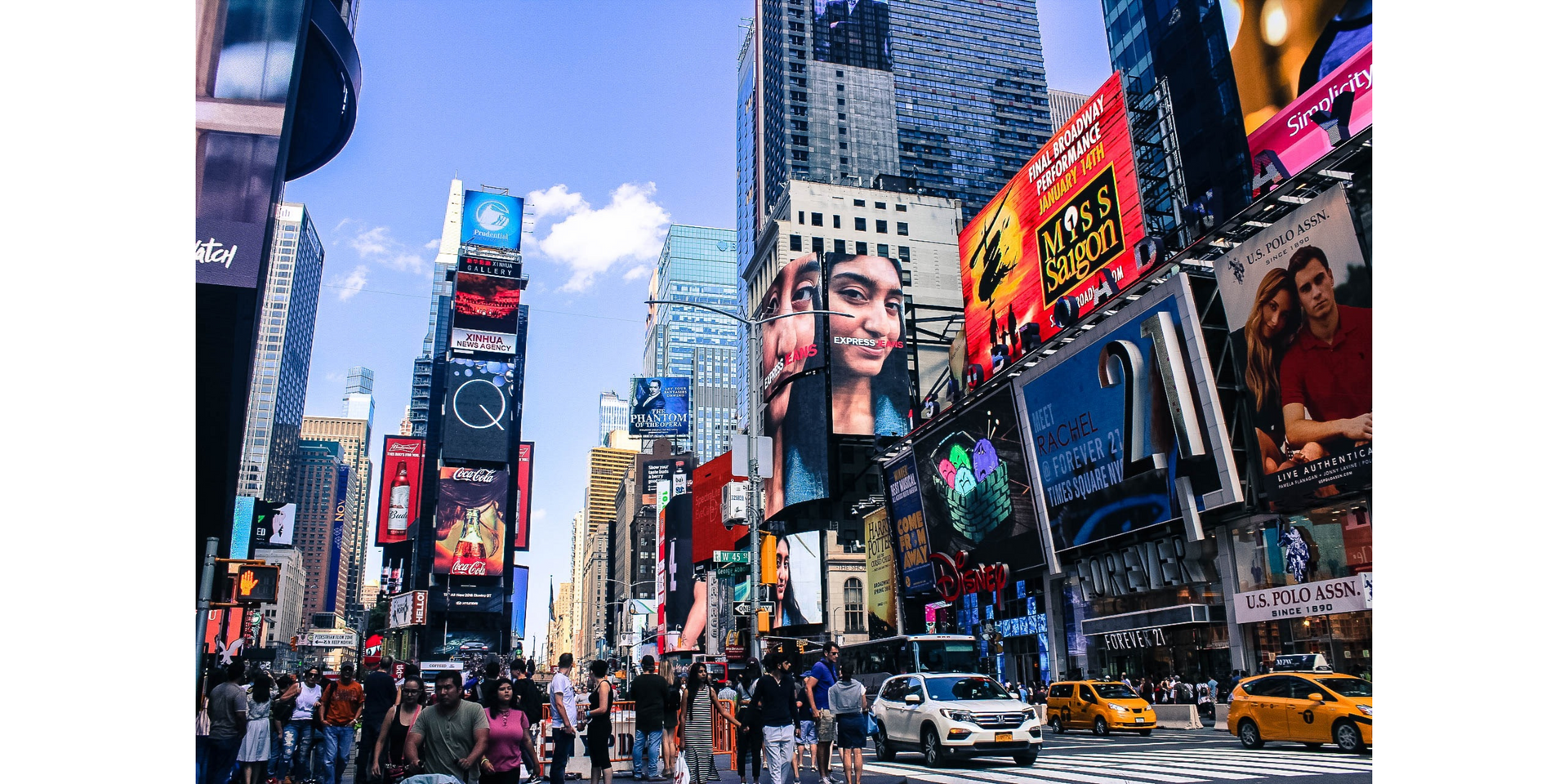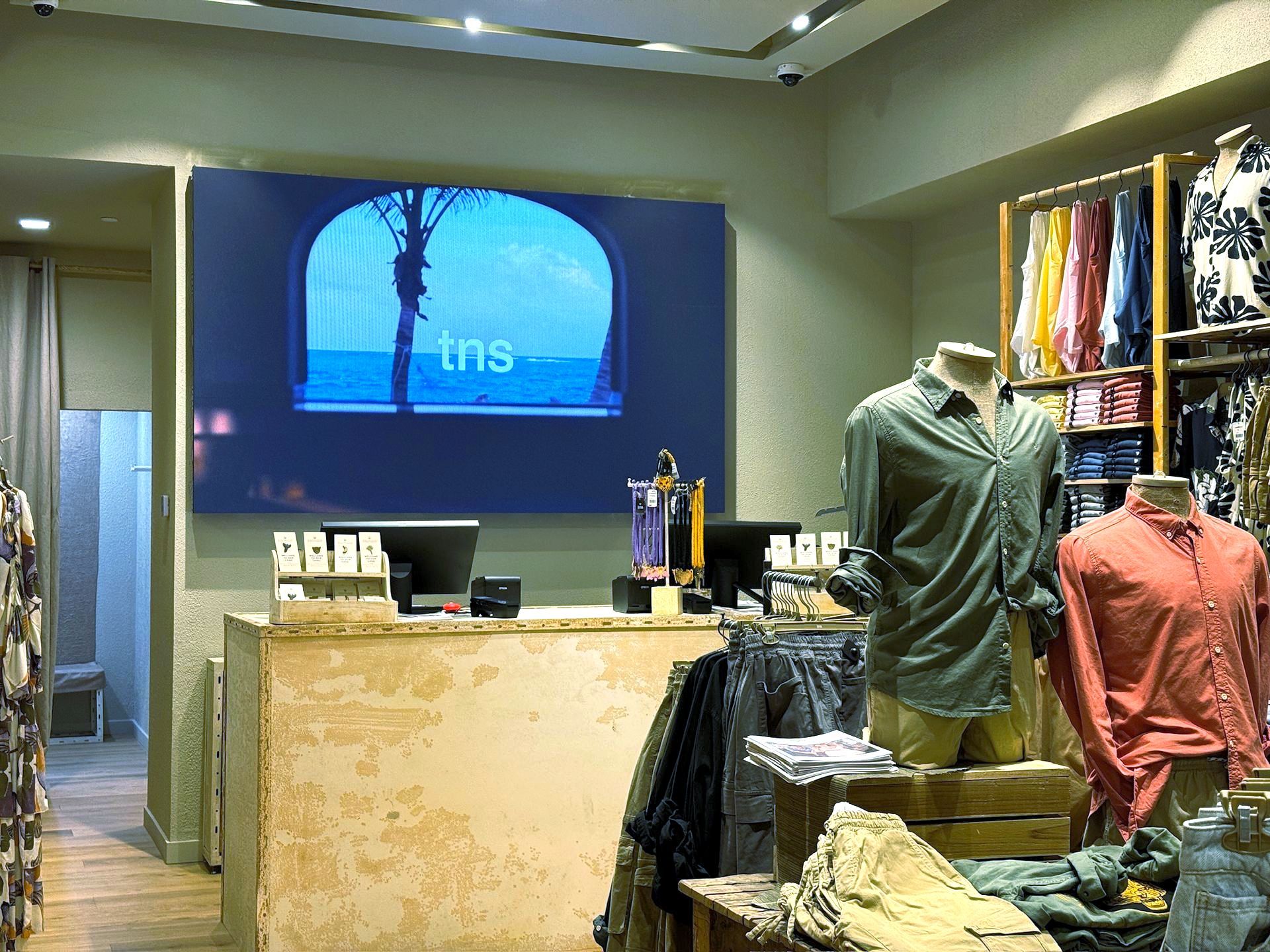Integrating Digital Signage into Supermarkets: Benefits and Best Practices
A New Way to Improve Shopping
Supermarkets are busy places. People walk around, look for products, and make choices. Finding the right items quickly is important. Store owners want customers to have a good experience. They want to sell more products.
Digital signage helps with this. Screens are used instead of printed signs. Information is shown in real time. Customers see deals, product details, and store updates. Shopping becomes easier and faster.
What is Digital Signage?
Digital signage is a screen that shows information. It can be a small screen at the checkout. It can also be a large screen at the entrance. These screens replace paper posters.
The content can change anytime. It can be updated without replacing signs. Special deals, discounts, and new arrivals can be displayed. Screens can also show maps, weather updates, and announcements.
Why Supermarkets Need Digital Signage
Supermarkets are big. Many products are sold. Shoppers need guidance. Paper signs take time to change. Employees need to replace them often. Mistakes can happen. Prices may not match what is on the shelf.
Digital signage solves these problems. Changes are made quickly. No printing is needed. Mistakes are reduced. Customers see the latest information.
The Advantages of Digital Signage in Supermarkets
1. Promotions and Discounts are Seen Easily
Customers like discounts. They look for deals. Digital signage makes promotions clear. Special offers are displayed in bright colors. Flashing signs grab attention. Shoppers see discounts as they walk by.
Price changes are made instantly. If a product is on sale for a short time, the sign updates. No paper tags need to be changed. This saves time for employees.
2. Information is Always Correct
Printed signs can be wrong. They may not match the real price. Customers may feel confused. They may get upset at checkout.
Digital signage prevents this. Prices are updated in real time. New stock is displayed immediately. Customers trust the store more.
3. Products are Easier to Find
Supermarkets are large. New customers may not know where things are. Signs help, but they do not always stand out.
Screens can show maps. They can tell customers where to go. Aisles and sections are listed. Shoppers save time.
4. Special Announcements are Shared Quickly
Sometimes, stores need to share important news. A new product may arrive. A special event may start. A new service may be introduced.
Screens help with this. The message reaches everyone. Customers stay informed.
5. Advertising Brings More Sales
Stores make money by selling products. But they can also make money by showing ads. Digital signage can display ads for brands.
Big companies want customers to notice their products. They pay stores to show ads. Supermarkets earn extra money. Brands get more customers.
6. Employees Work More Efficiently
Store workers have many tasks. They restock shelves. They help customers. They manage prices. Changing paper signs takes time.
With digital signage, they do not need to change signs. They focus on other tasks. Work is done faster.
7. The Store Looks More Modern
A clean and modern store attracts more shoppers. Screens make supermarkets look advanced. Customers feel the store is up to date.
Bright screens make shopping more interesting. People enjoy the experience. They come back more often.
Best Practices for Using Digital Signage in Supermarkets
1. Place Screens Where They Are Seen
Screens should be in the right spots. At the entrance, they show promotions. In aisles, they guide shoppers. At checkout, they remind customers of last-minute deals.
Screens near fresh food sections can suggest recipes. A screen near milk can suggest buying cereal. Smart placement helps customers make decisions.
2. Use Simple and Clear Messages
Customers do not have time to read long messages. They walk fast. Signs should be short and easy to understand.
Large fonts should be used. Bright colors should highlight deals. Pictures should be clear. The message should be quick to read.
3. Change Content Often
If the same message is always shown, customers stop noticing it. Updates should be made daily. New deals should be displayed. Exciting content should be added.
Special events, contests, and giveaways should be promoted. Customers will check the screens more often.
4. Test Before Displaying
Mistakes can happen. A price may be wrong. A message may be unclear. Checking content before displaying is important.
A small team should review the information. Employees should confirm prices match the store’s system.
5. Keep It Engaging
Customers like fun content. Videos work well. Motion graphics catch the eye. Interactive screens let customers explore options.
Weather updates, news, and fun facts can be added. Shoppers will look at screens more often.
6. Connect Screens to a Central System
A digital system should manage all screens. This allows quick updates. One person can control all displays. Mistakes are avoided.
All stores in a chain can have the same promotions. Prices stay uniform. Management becomes easier.
7. Use Data to Improve Content
Stores can track which messages get attention. If a deal is popular, it should be shown more. If customers ignore a sign, it should be changed.
Data can help improve sales. Messages can be adjusted based on customer interest.
The Future of Digital Signage in Supermarkets
Technology is improving. Digital signage will get smarter. Screens may use artificial intelligence. They may show deals based on customer habits.
Interactive touchscreens may become common. Customers may check prices, find recipes, or order products using screens.
More stores will switch to digital signage. It saves money. It reduces waste. It makes shopping better.
Digital signage is changing supermarkets. It helps stores sell more. It helps customers shop easily. It makes stores look modern.
Supermarkets that use digital signage see better results. Promotions work better. Customers find products faster. Employees work more efficiently.
This technology is the future. More stores will use it. Shopping will keep getting smarter. The experience will improve for everyone.
